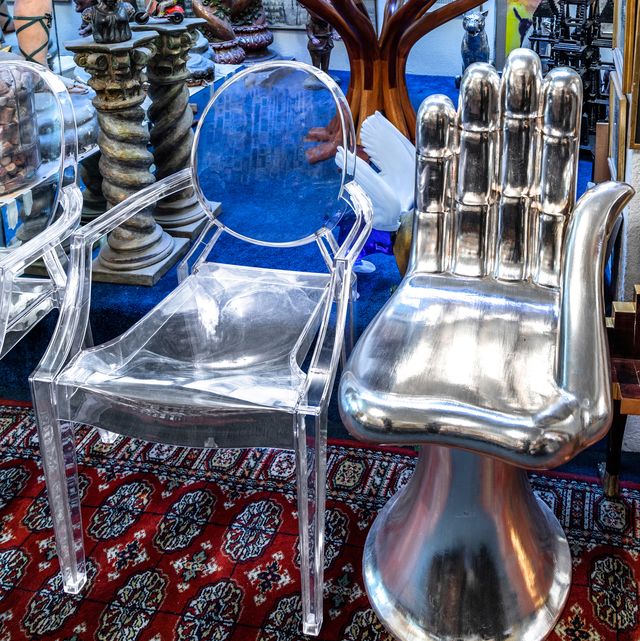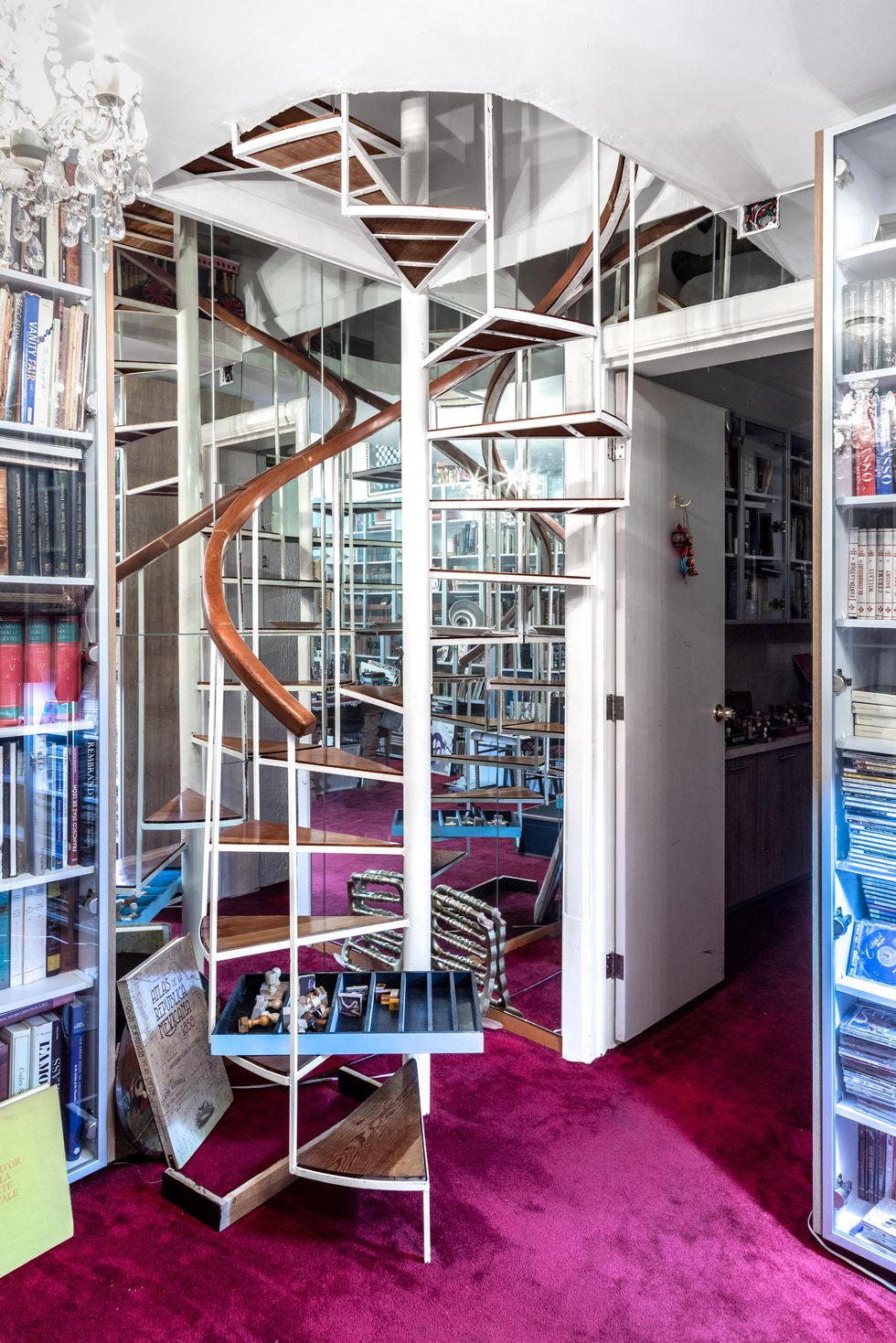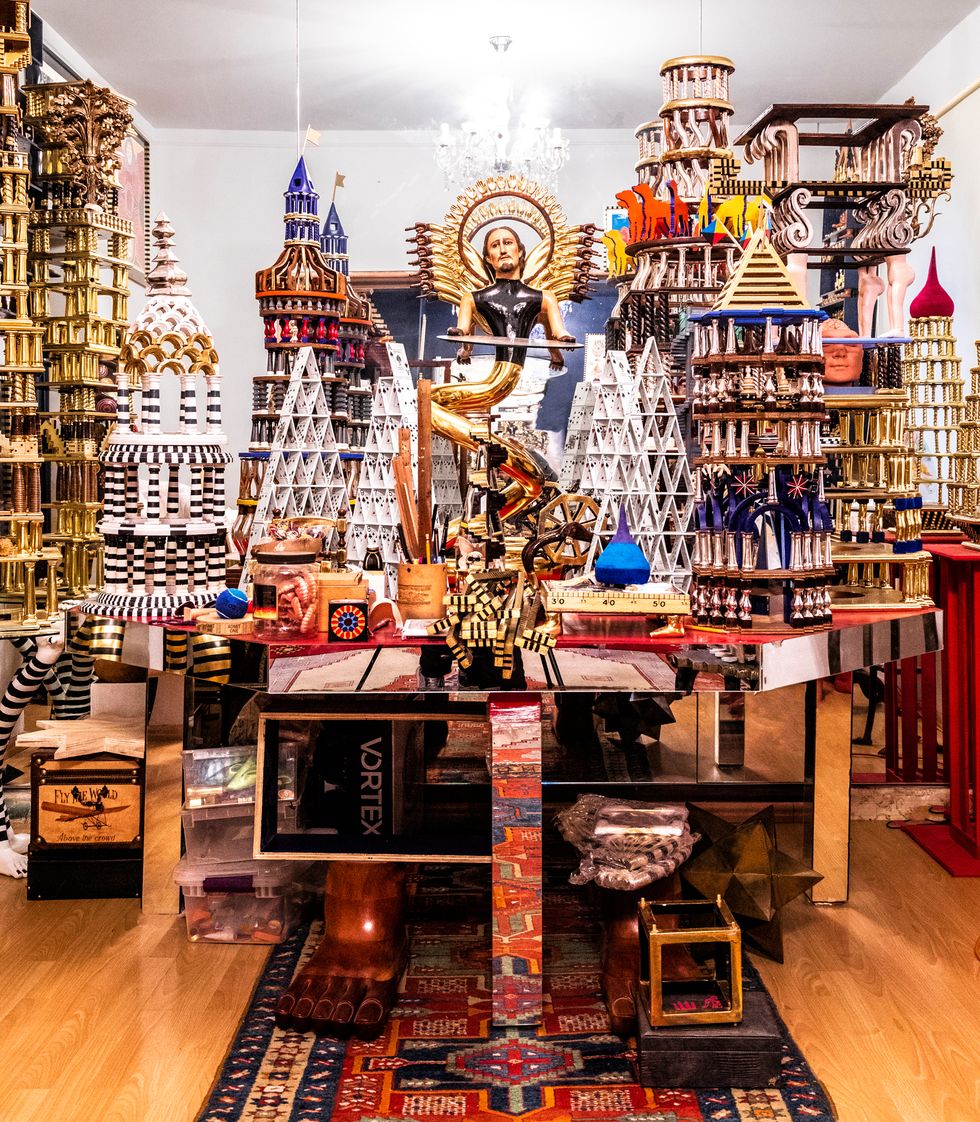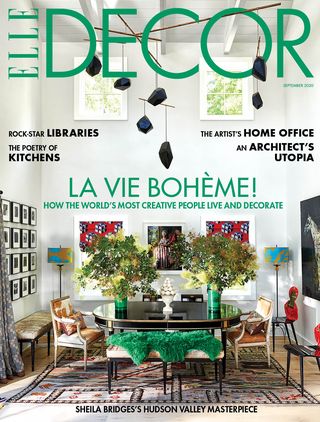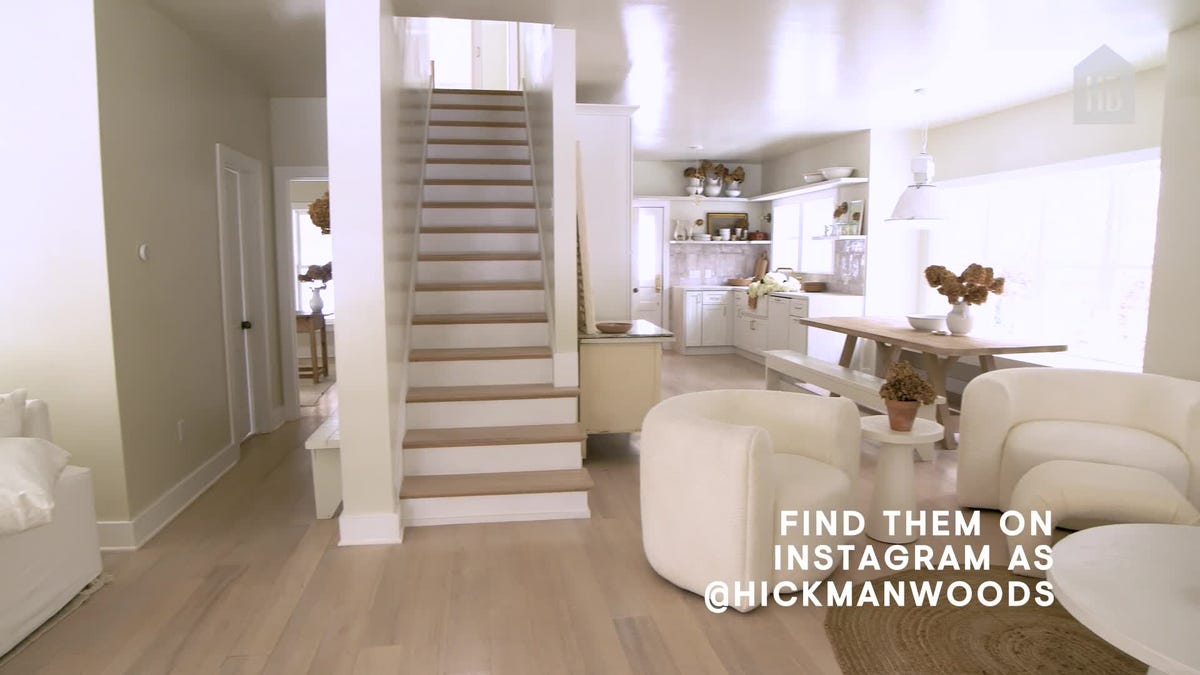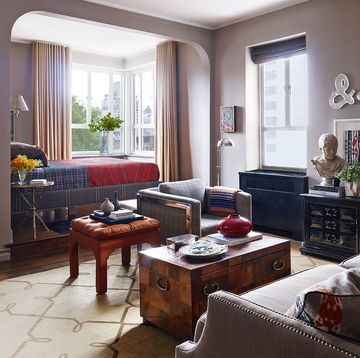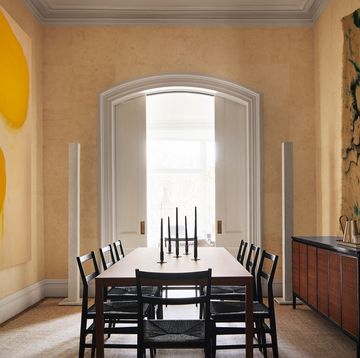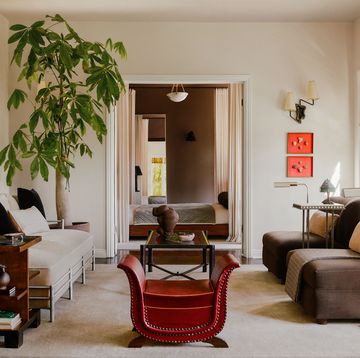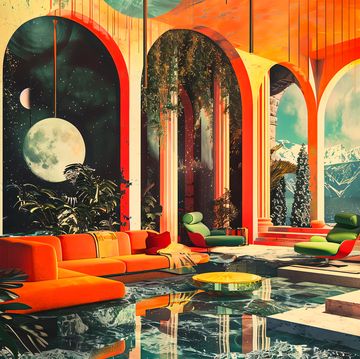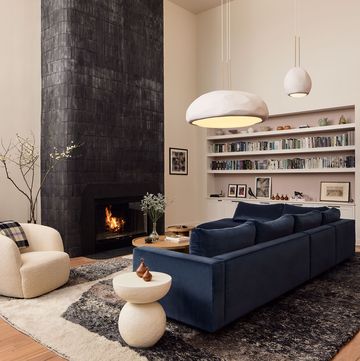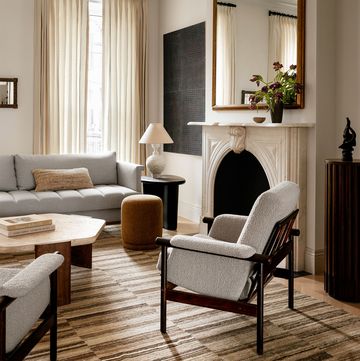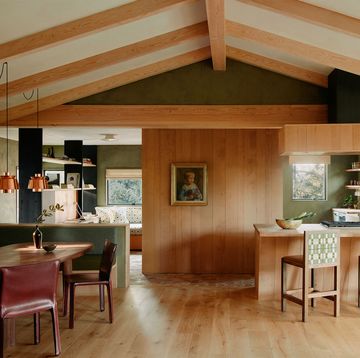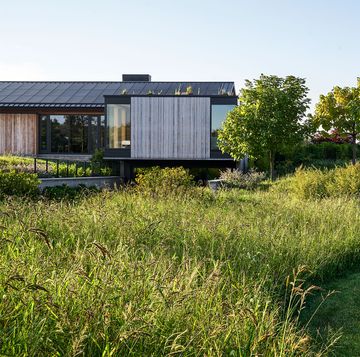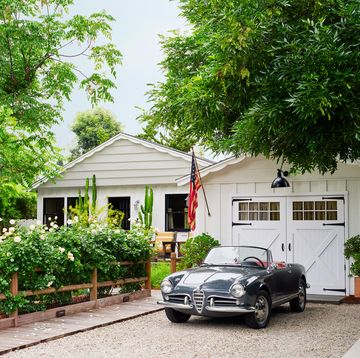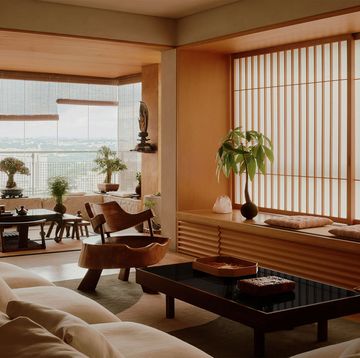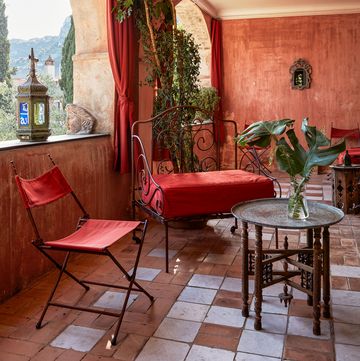I love objects,” declares the Mexican artist and designer Pedro Friedeberg. “Especially rare objects, strange objects, kitsch objects.”
That fascination has filled every inch of his townhouse in Mexico City’s central Roma district, which is the stage for his exuberant and eccentric presence. In a warren of rooms elongated by mirrors, he displays his unsettling geometric drawings, architectural models of impossible towers, and the subversive furniture for which he is known alongside the collections that feed those visions.
These objects may be sublime, like the first-edition books that line the shelves of his enormous upstairs studio, or the works of such artists as Man Ray and Leonora Carrington.
They might be flea-market curiosities, like old toys, or the “pseudo-colonial sculptures” of angels that he remakes into bizarre multi-limbed statues. Or they may be irreverent appeals to his sense of the absurd, like the jar of false teeth balanced on the side of a display table.
Friedeberg describes his vision as a reaction to the stark modernism that reigned in his youth. When he studied architecture in the 1950s, Le Corbusier’s functionalist maxim that a house is a “machine for living” held sway. By contrast, Friedeberg believes that the purpose of a home “is to make you laugh.”
In the early 1960s, he was part of a Mexico City movement of artists and architects called the Fed-Up Ones, which discarded the period’s functional logic in favor of parody and irony, explains Friedeberg’s curator, Alejandro Sordo, in La Casa Irracional (The Irrational House), a recently published retrospective of the artist’s work. Friedeberg’s most famous piece, the Hand chair, emerged from that time.
It began as a joke, but the Surrealist André Breton elevated it to mythic status. In a 1963 letter to Friedeberg, he described the chair as “one of the most significant manifestations of Surrealist intent.” The item’s success—more than 2,000 variations have been sold—engenders mixed feelings. “It’s a bit unfortunate to be identified with this,” he says. “Many artists produce something that they don’t like too much and they become known for.” Still, it doesn’t hurt to show it off: There is a 12-foot white fiberglass version on the roof of his house.
Friedeberg moved to the 1930s-era home in Roma in 1999, then combined it in 2006 with the house next door. He displays his collections in the public rooms downstairs and works upstairs in the large library, which holds thousands of books in Spanish, German, English, and French.
He sees his home as his “refuge, a hideaway of calm.” He recently returned here after a forced 16-week sojourn in a Pacific Coast beach village where he was stranded during Mexico’s pandemic lockdown. When he finally ventured back to Mexico City by road, he bought traditional black pottery—a horse, a pig, and a turtle—on his way home, finding one of the only shops that was still open as he passed through a nearly deserted Oaxaca.
Friedeberg lives alone with his cats—he says he has eight, but that number is probably exaggerated—with bedrooms for his two children to visit. He eschews distractions like a cell phone or a television, preferring a sort of “belle epoque comfort.” The CD player is broken, so he listens to classical piano and violin music played on his collection of 300 vinyl records. “Nobody knows who Debussy or Ravel or Tchaikovsky are anymore,” he laments.
Amid all the jumble, there is a certain order. “Objects live better in contrast,” he says. But he delights in observing the patterns that repeat. “It is fascinating,” he notes, “what is similar and what is opposite.”
This story originally appeared in the September 2020 issue of ELLE Decor. SUBSCRIBE
